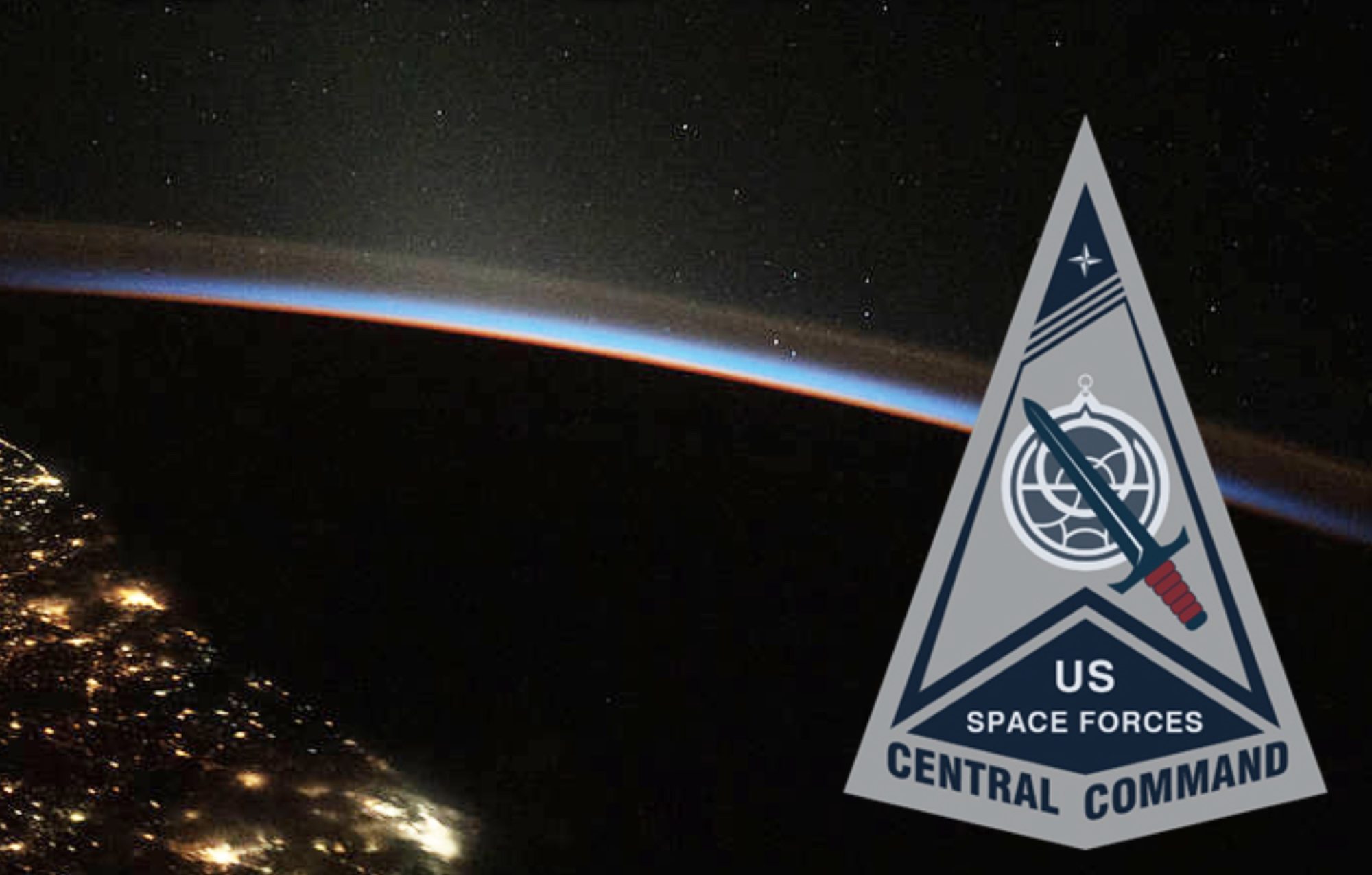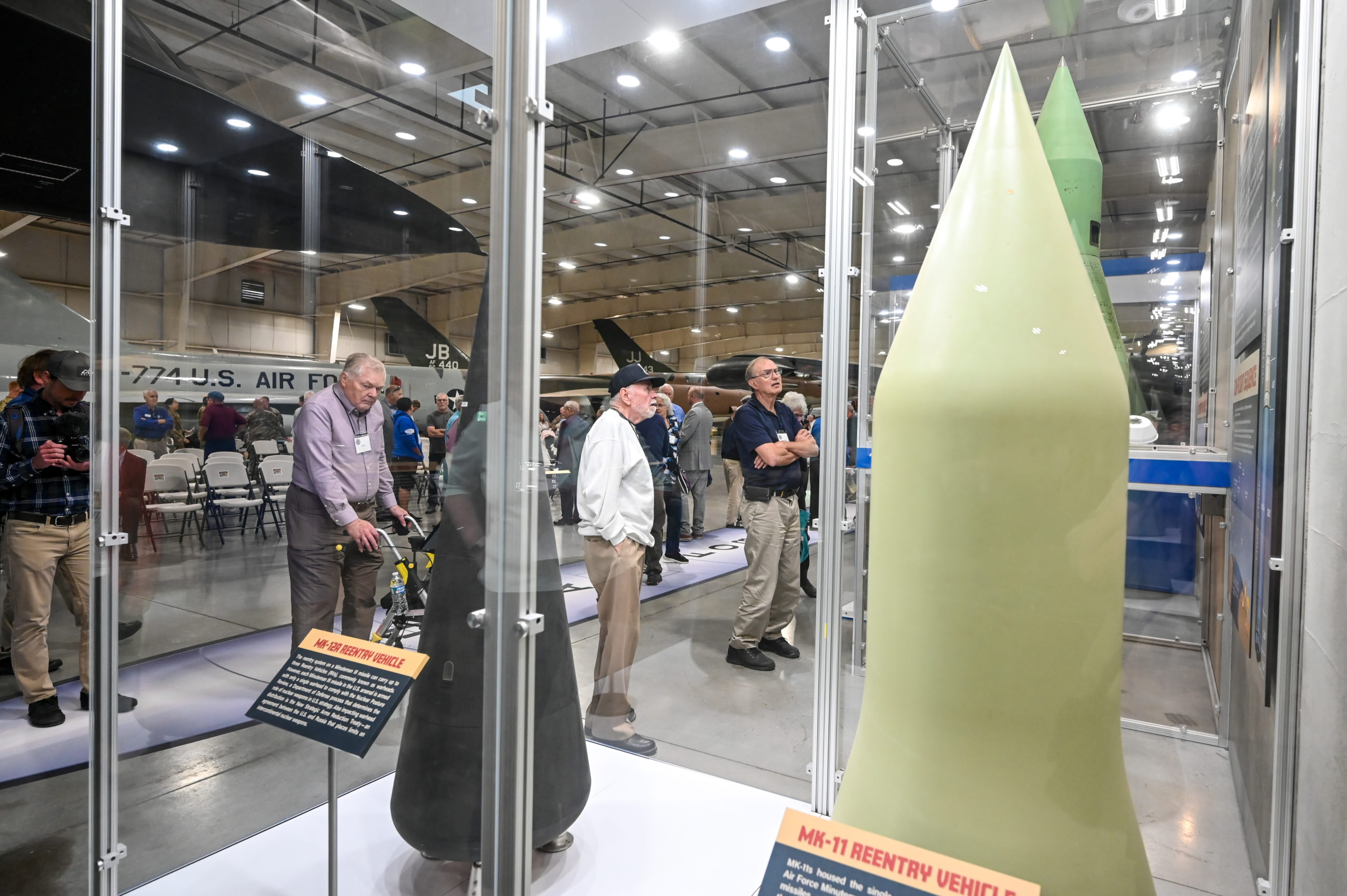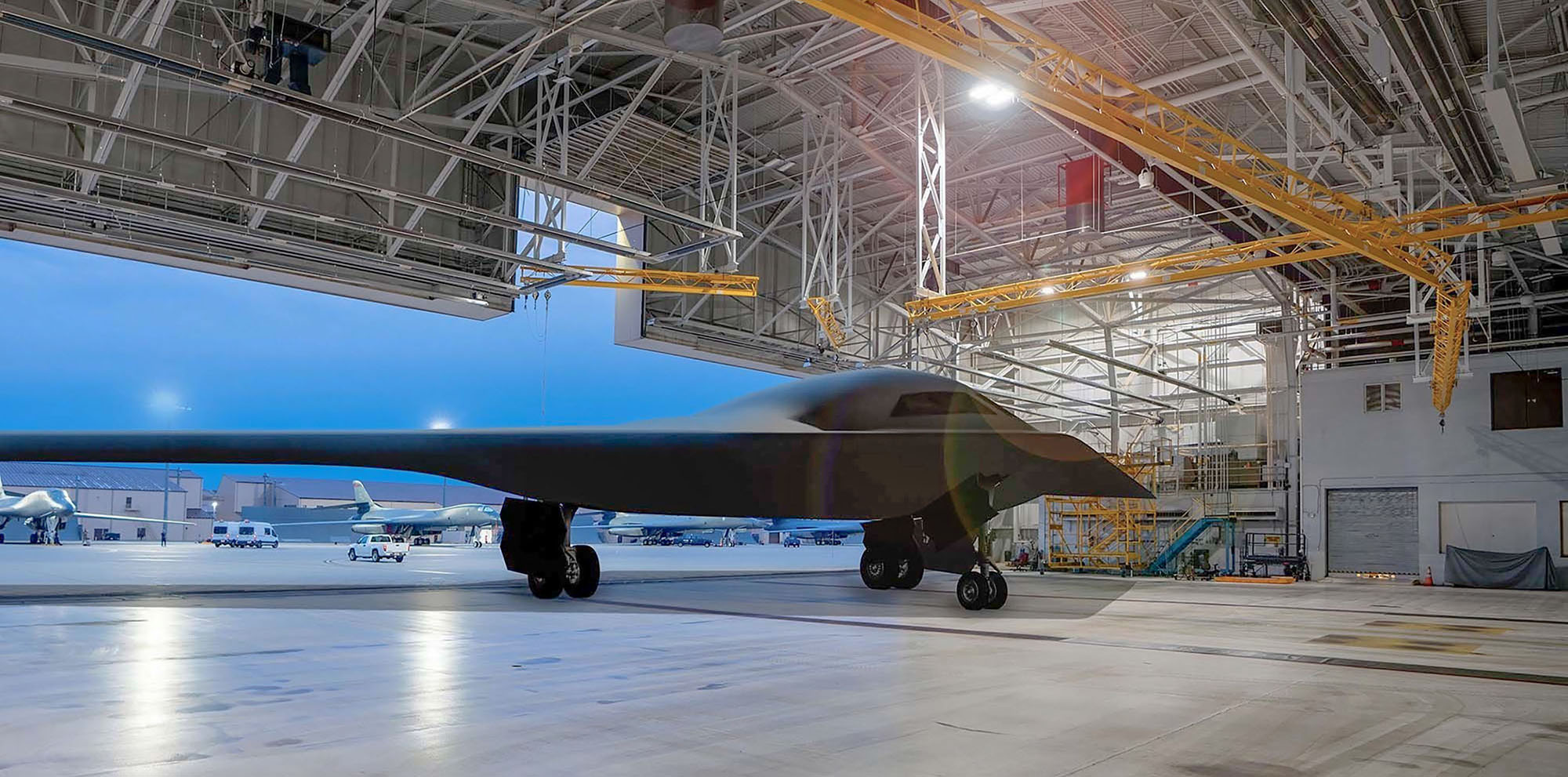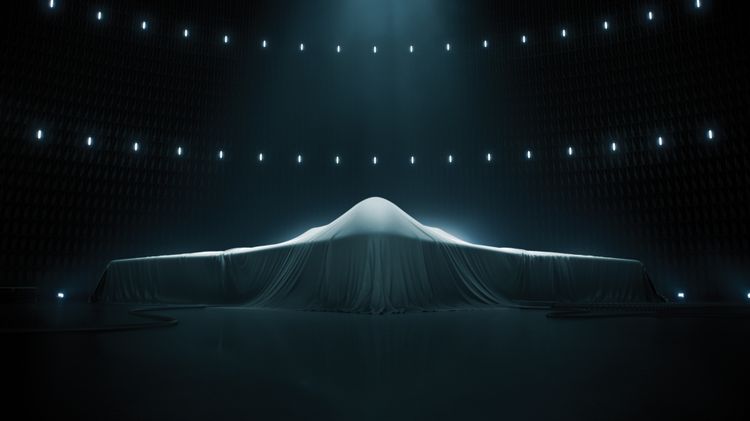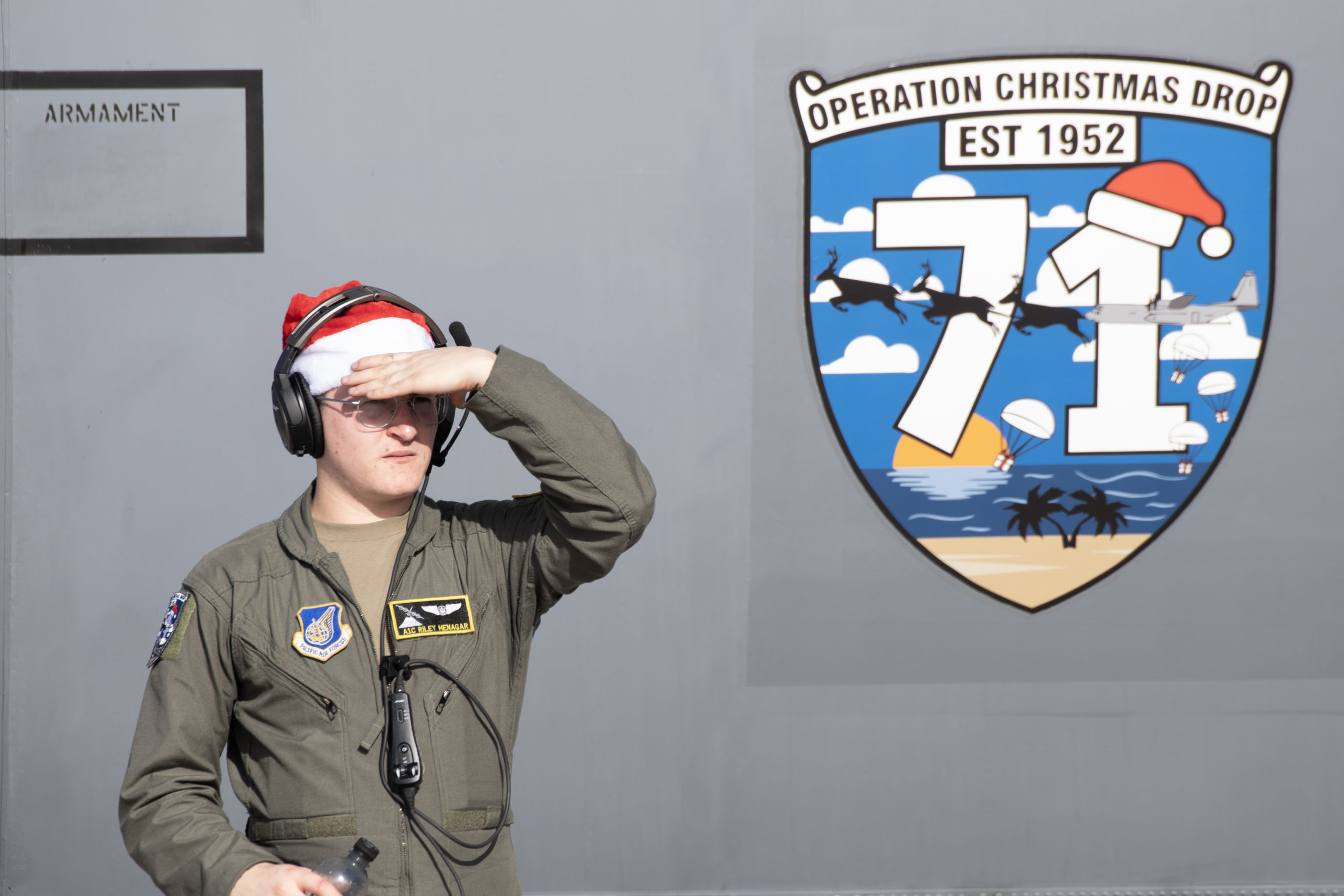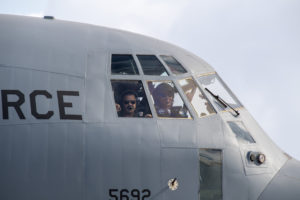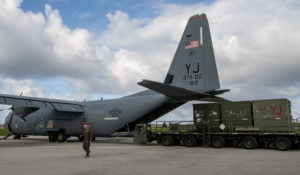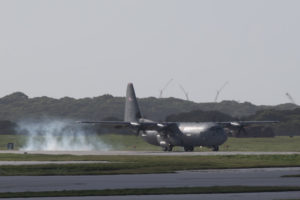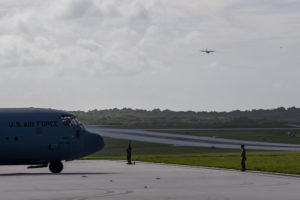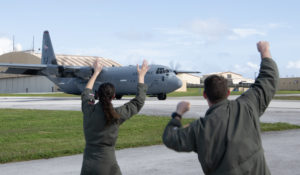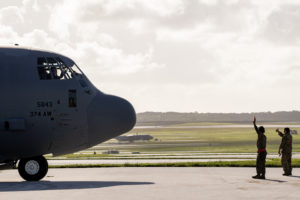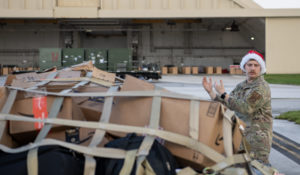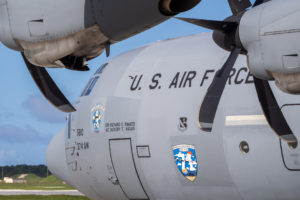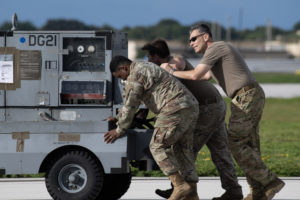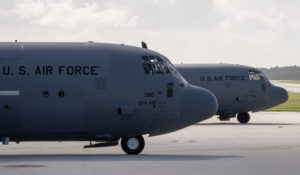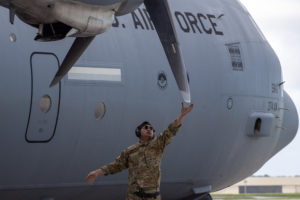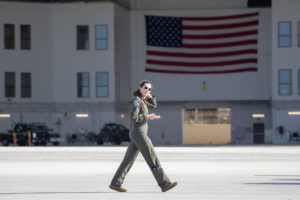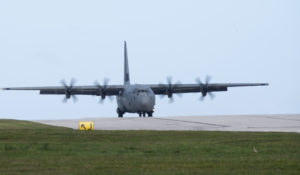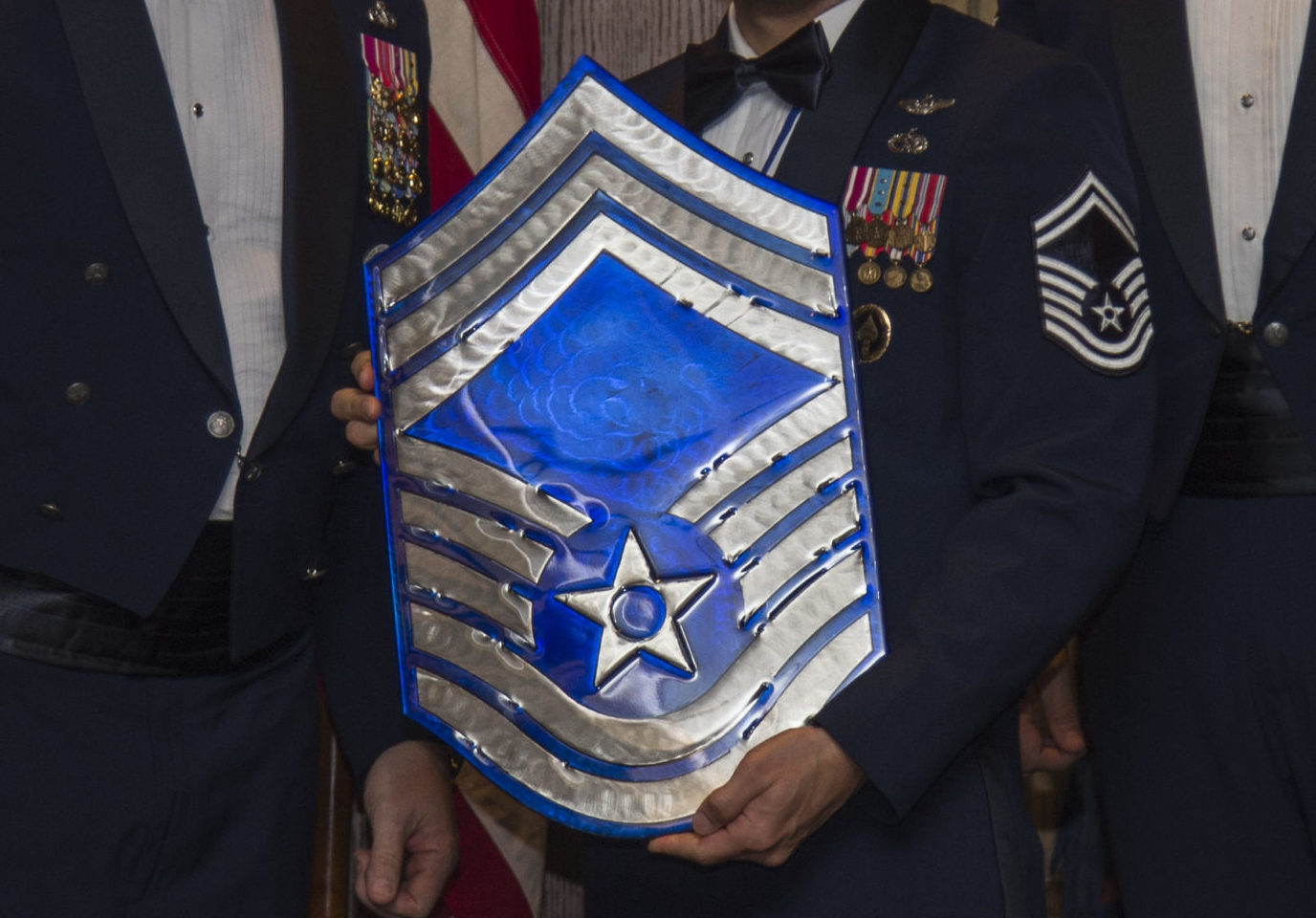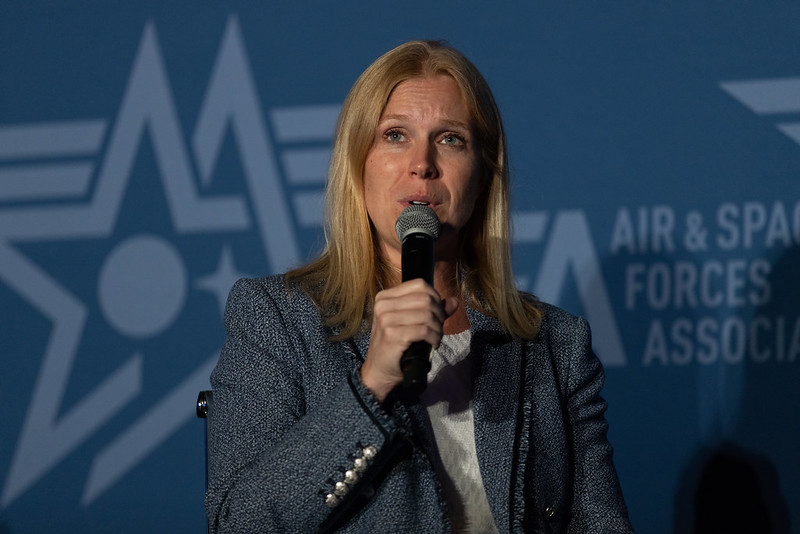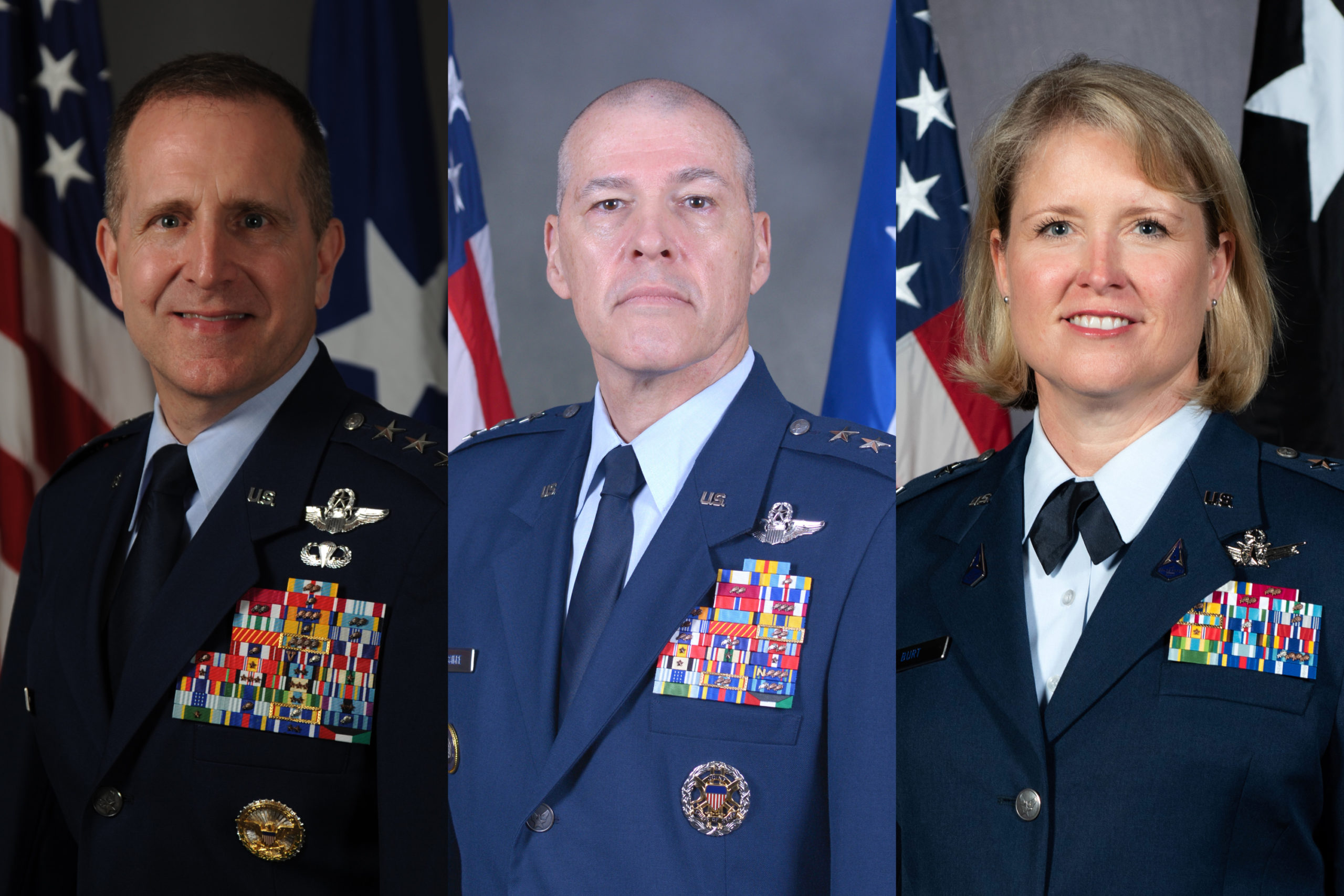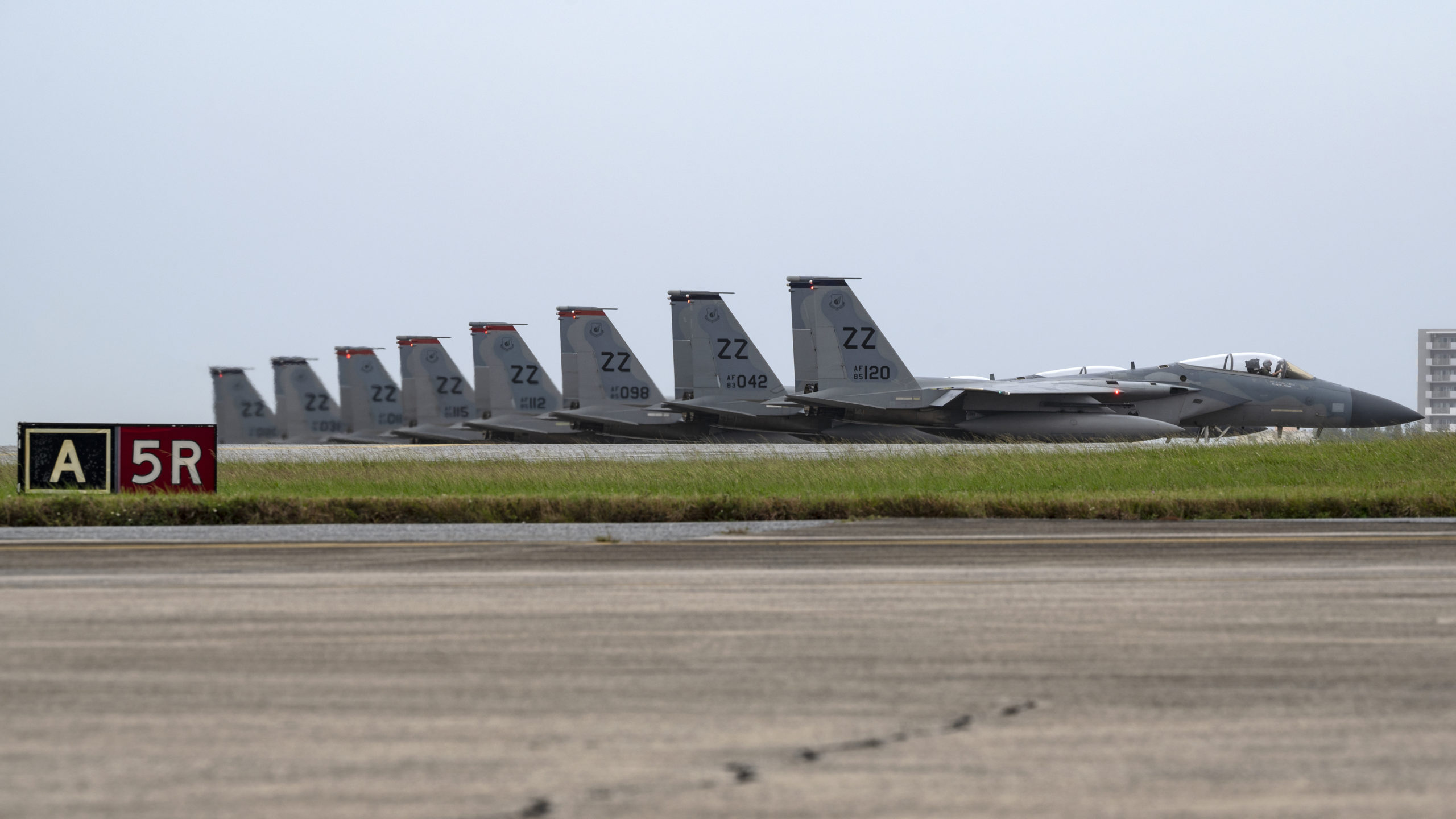The Space Force activated its Middle East component on Dec. 2 as the service moves to secure more responsibility with U.S. worldwide combatant commands. In the latest stand-up, U.S. Space Forces-Central (SPACECENT) was activated in a ceremony at MacDill Air Force Base, Fla., with Space Force Col. Christopher Putman becoming the first commander.
“Unless you have that unifying effort, we’re going to be a little bit scattershot,” Putman said in an interview. “One of the biggest opportunities we’ll have is to unify all those previously disparate efforts and get us all on the same page.”
SPACECENT is the newest service component under U.S. Central Command and will be responsible for space operations in CENTCOM’s area of responsibility, which stretches from the Middle East to Southeast Asia and includes potential adversaries such as Iran.
CENTCOM Commander Gen. Michael “Erik” Kurilla lauded the new component during the ceremony.
“Space underpins every element of warfighting in the CENTCOM region,” Kurilla said. “It has long been so.”
Kurilla outlined his focus, and said the Space Force will play an important rule in achieving the command’s goals. CENTCOM is focused on “deterring Iran; countering terror groups; competing with China and Russia in the Middle East, Levant, and Central Asia; countering increasingly sophisticated Iranian UAVs and rockets,” according to Kurilla.
“All these priorities require access to the cosmos,” he said.
The activation of SPACECENT comes less than two weeks after a Space Force component of U.S. Indo-Pacific Command launched. More geographic commands will follow. A Space Force component of U.S. European Command is planned, and Space Force leaders say a Space Force component of U.S. Forces Korea will soon be activated.
Putman is familiar with the job. Before being named to his new post, he previously served as director of space forces for Air Forces Central. Most of his staff will transfer over.
“My position is the only new one,” Putman said. “I think the transition is going to be beneficial for CENTCOM across all the components. When we were embedded with the air component, we were primarily focused on the integration of air and space. Now that we’re a separate component, our focus is on supporting all the components and commanders equally across all the domains, across all services, across all components. It’s spreading the space support across everyone.”
In other services, Putman’s geographic component command would be staffed by a more senior officer. But the Space Force has a dearth of generals, and the post of commander of Space Forces in the Pacific received priority, activating Nov. 22 with Brig. Gen. Anthony J. Mastalir at the head.
“We’re not big enough,” Gen. David D. Thompson, the Vice Chief of Space Operations, said when asked about the issue. “That kind of overhead is not something that we can afford.”
So SPACECENT, like the rest of the Space Force’s geographic commands save for the Indo-Pacific, will be led by colonels, who Thompson said will have to “punch above their weight.”
Putman will be based at CENTCOM headquarters at MacDill Air Force Base in Tampa, Fla., which he sees as ensuring his voice is heard.
“I will be in Tampa. This is where the headquarters are going to be,” Putman said. “We determined that due to the small size of the component, it was really important to be as close as possible to the commander.”
The rest of the SPACENT staff of about 30 Guardians will mainly be forward-deployed at Al Udeid Air Base, Qatar, though some staff will also be based at Shaw Air Force Base, S.C., where Air Forces Central is home-based. Putman and some of his staff will report to Kurilla at MacDill.
“The policies, planning, and requirements are all going to be done at MacDill, and that makes it the right place to integrate this team,” said Tim Ryan, the senior resident fellow for space studies at AFA’s Mitchell Institute for Aerospace Studies.
The new Space Force components will help the Space Force advocate for resources and help the geographical commands better understand space threats, Putman said.
“I think one of the great things about having a component here is you now have a voice from all the combatant commands into the programming and budgeting cycle,” Putman said. “Gen. Kurilla has a dedicated component commander that now provides a voice and an input into the Space Force acquisition process. INDOPACOM now has a service component commander that has a direct voice into the Space Force acquisition process, and same thing with EUCOM and all the other combatant commands.”
Putman said the new command will help the Space Force acquire the capability it needs.
“That way Space Force has a very good input so that we’re designing the right things,” Putman said. “When we were buried in the Air Force, there was a lot of competing priorities with different systems.”
Putman faces a complex threat. The U.S. defense strategy is now focused on China and Russia as the two biggest challenges and is shifting from two decades of focus on counterinsurgency in the Middle East. But regional threats remain. Putman cited Iran as the biggest danger to U.S. interests and American allies in the region.
“We’re keenly attuned to the threat from Iran,” Putman said. “Just because we stand up a new component really doesn’t change how we address the threat. Obviously, Iran is going to increase their capabilities and keep moving forward.”
Iran’s space capabilities, though currently not very technologically advanced, are improving. The current regime in Tehran has “increased political emphasis on Iran’s space program,” according to the Secure World Foundation’s 2022 Global Counterspace Capabilities assessment.
“Iran has a nascent space program that includes building and launching small satellites that have limited capability,” the study said. Iran seeks to “persistently interfere with commercial satellite signals, although the capability against military signals is difficult to ascertain.”
If U.S. forces are under attack, SPACECENT will need to help protect them. Part of SPACECENT’s job will be to provide warning of missile attacks against U.S. troops in the region, according to Putman.
“The problem we have is short times of flight,” Putman said. “Look at the map, and missiles from Iran to our bases get here a lot quicker than if you’re in the Indo-Pacific and you’re shooting from China to, say, Guam or pick any U.S. base there. The time of flights make our job that much more critical, and we have to be that much more precise and timely with our warnings.”
But satellites, for now, cannot hide.
“The thing you’ve got to remember with the space domain, anything that happens in the space domain affects everyone,” Putman said. “If INDOPACOM’s fighting China and China decides to do something malicious towards our U.S. satellites, the loss of those capabilities just doesn’t affect INDOPACOM. It affects us as well. And same thing can be said with Russia and EUCOM.”
Overall, the Space Force cannot fully integrate with the rest of the joint force if their operations are unknown to decision-makers. Putman said the new component will boost the role of the Space Force in the CENTCOM area of responsibility.
“You didn’t have a component in the theaters,” Putman said. “It was the air component. Maybe the needs of what space capabilities we have got lost in the noise.”
Now, Putman said, “I’ve got a seat at the front table.”
